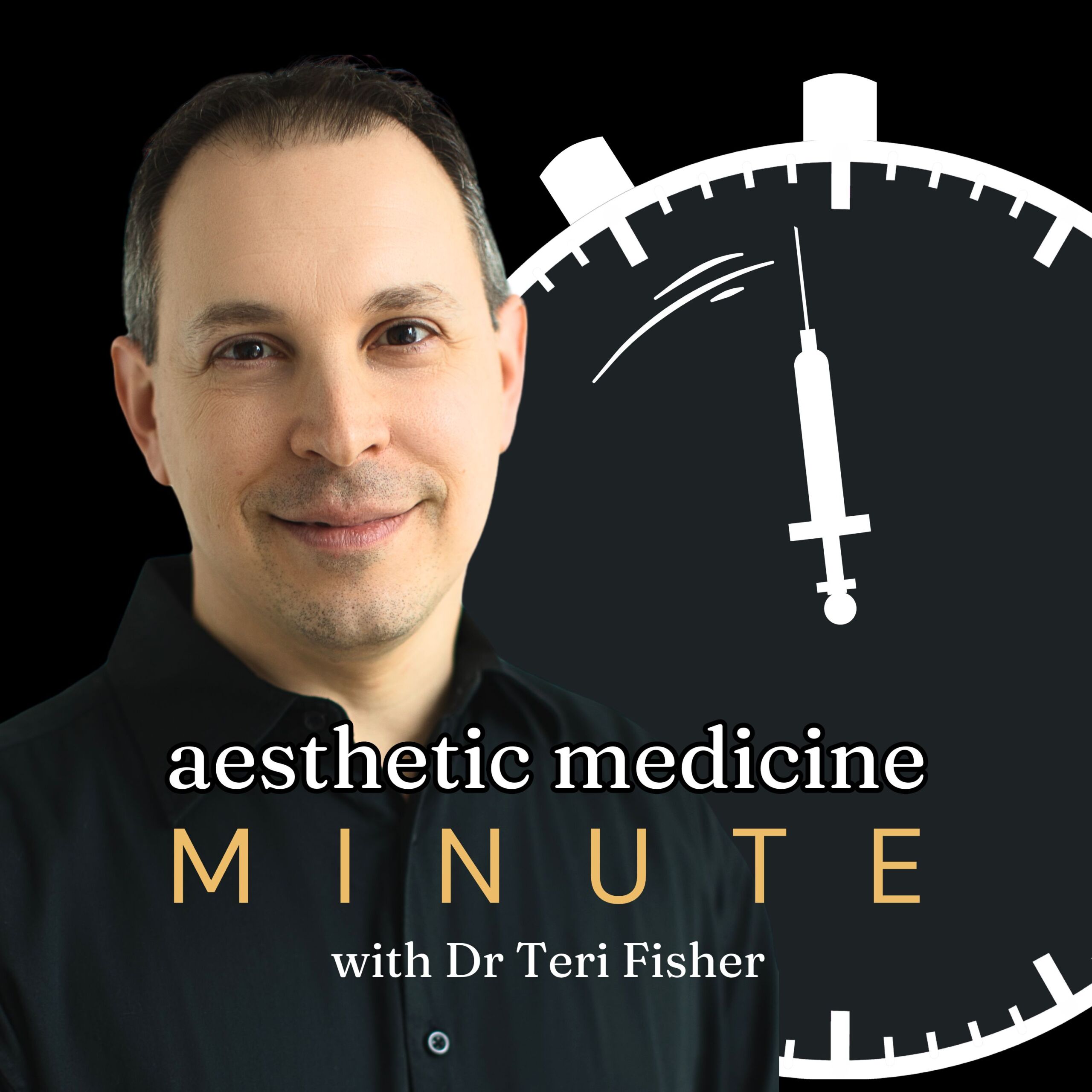
AMM 107: Revolutionizing Skin Care with Polynucleotide Tech
June 13, 2024
In this episode, listeners will explore the latest developments in aesthetic and regenerative medicine, specifically focusing on the potential of polynucleotides (PDRNs) for tissue regeneration and skin quality improvement. The episode delves into a recent systematic review that critically evaluates the scientific evidence supporting PDRN use, emphasizing the need for more rigorous studies to validate clinical outcomes. Key insights include the variability in PDRN sequencing and dosage, gaps in research, and the importance of adhering to evidence-based practices to ensure patient safety and efficacy.
Quick Takes
- Polynucleotides (PNs) are gaining attention for enhancing tissue regeneration and improving skin quality.
- A recent systematic review evaluated the quality and reliability of existing research on PN use, highlighting significant gaps in sequencing, molecular targets, and dosage details.
- Moving forward, more rigorous studies are needed to validate clinical outcomes and refine regulatory frameworks for the ethical use of PDRN technologies in aesthetic and regenerative medicine.
Episode Transcript
Today is June 13, 2024. Let’s dive into some intriguing developments in aesthetic and regenerative medicine. Polynucleotides, or PNs, are gaining attention for their potential to enhance tissue regeneration and improve skin quality. But here’s the catch—transitioning from theoretical benefits to proven clinical outcomes is not straightforward.
A recent systematic review took a hard look at the scientific evidence supporting PN use. The review aimed to evaluate the quality, reproducibility, and reliability of existing research. This study adhered to PRISMA guidelines and was registered with PROSPERO, ensuring a rigorous approach.
Researchers used the PICO framework to assess PN’s efficacy, scouring databases like PubMed-MEDLINE and EMBASE. Out of 360 identified studies, 16 clinical trials made the cut, including a diverse group of 750 participants. These trials looked at PN’s impact across various conditions. Despite the promising potential, the findings highlighted some significant gaps. There was notable variability in PN sequencing, molecular targets, and dosage details, largely due to different sources and manufacturing standards.
Most studies showed a low risk of bias, suggesting good methodological quality. However, comprehensive details on sequencing and targeted mechanisms were often omitted, indicating the research is still in its early stages. It’s clear—we need more rigorous studies to validate clinical outcomes.
In summary, while PN holds great promise for enhancing aesthetic and regenerative treatments, we must proceed with caution. Ensuring patient safety and efficacy through evidence-based practices is crucial. Future research should address these inconsistencies and help refine regulatory frameworks for the ethical use of PDRN technologies.
That’s your Aesthetic Medicine Minute for today. Remember, stay informed and sculpt your confidence wisely. See you next time.
